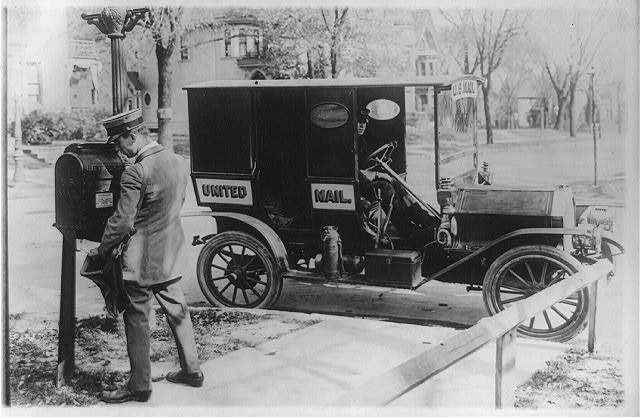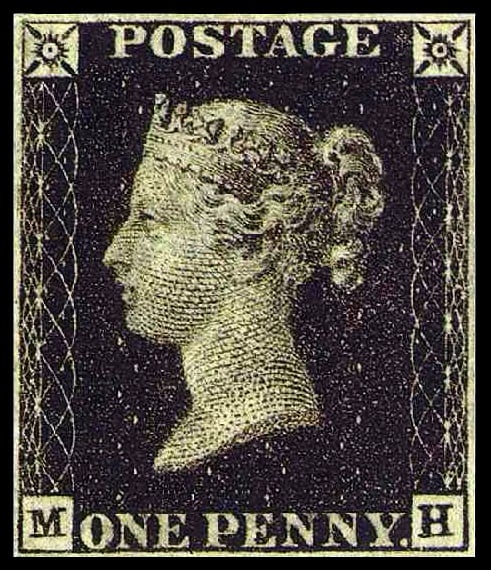Today, we take for granted the ease of sending a message across the globe with a tap of the finger. But in the early 19th century, communication was an entirely different affair—slower, costlier, and far more personal. And though the famed Penny Post officially arrived just after the Regency era, the changes that made it possible began years earlier, quietly reshaping how people connected with one another.
Before the Revolution: A Complicated Affair

In Regency England, posting a letter wasn’t just a question of popping it in a box. It was expensive—and often inconvenient. Postage was calculated based on how far a letter travelled and how many sheets it contained, and to make things even trickier, it was usually the recipient who had to pay.
Imagine the awkwardness of receiving a letter you couldn’t afford to open—or choosing to send one and hoping it wouldn’t be returned unopened. For many, regular correspondence was simply out of reach, reserved for the wealthy or the determined.
Laying the Groundwork for Change
Still, change was in the air. The rapid pace of industrialisation, urban growth, and the increasing need for quicker communication made it clear the old system wouldn’t last. While the actual Penny Post arrived in 1840—spearheaded by reformer Sir Rowland Hill—its roots stretched back to the Regency years. It was in this time that the seeds of reform were sown, as society began to value speed, accessibility, and connection more than ever before.
The Arrival of the Penny Post

When it finally came, the Penny Post was nothing short of revolutionary. For just one penny, anyone could send a letter up to half an ounce, regardless of how far it had to go. No more confusing rates. No more making the recipient foot the bill.
And with this change came a delightful little square of history: the Penny Black—the world’s first adhesive postage stamp. Introduced in 1840, it marked the beginning of modern postal service and the idea that everyone, no matter their status, could afford to communicate.
A Society Transformed
Though it came slightly after the Regency, the impact of the Penny Post was deeply felt by its people. Letter-writing flourished. Families separated by distance could stay in touch. Business transactions moved faster. Politics spread more swiftly. And for women, especially, the ability to send and receive letters offered a new kind of social freedom—an outlet for thought, emotion, and connection.
Even the world of literature reaped the benefits. Writers could send manuscripts, readers could send praise (or criticism), and publishers could respond—all faster and more reliably than before.
A Legacy That Lasts
The Penny Post didn’t just make mail cheaper. It made it matter more. It fostered a culture of careful, heartfelt correspondence that, while largely lost in today’s digital age, still holds a nostalgic charm. And the Penny Black remains a treasured relic—a reminder of a moment when the world became just a little smaller.
In Conclusion
The evolution of the Regency postal system reminds us that communication has always been at the heart of human connection. By making it accessible, the Penny Post helped knit a growing society closer together, letter by letter—and left behind a legacy far more enduring than a simple stamp.
References for Further Reading:
- The Penny Post
https://victorianweb.org/history/pennypos.html - The Regency Post – A Pity We’ve Lost Letters
https://shannondonnelly.com/2010/05/29/the-regency-post-a-pity-weve-lost-letters/

Leave a Reply